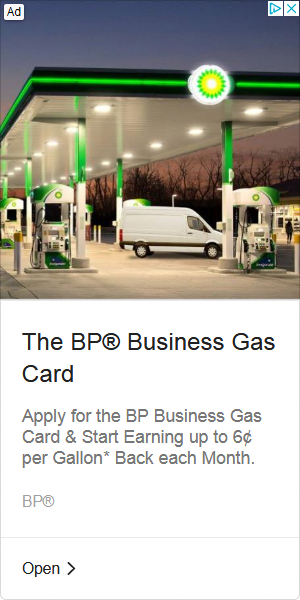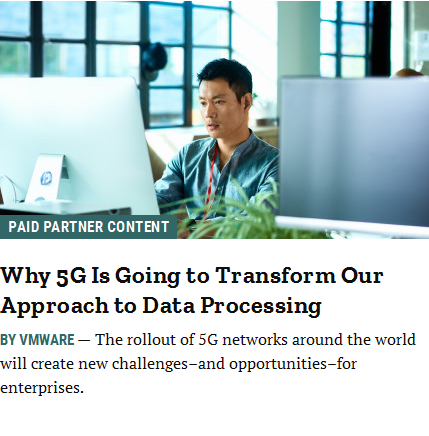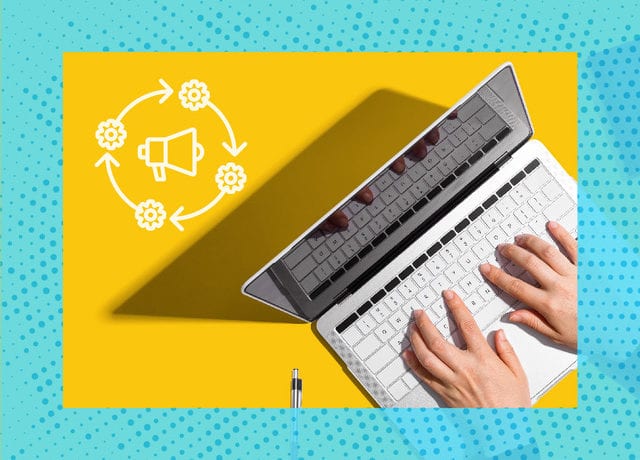In the early days of programmatic advertising, the visual quality of the ads didn’t match the sophistication of the real-time bidding technology delivering them.
This discrepancy led to less than ideal results, considering how advanced the engineering was to execute automated purchases. Without visually compelling ad experiences, leaders in the young programmatic industry started exploring how brands and publishers could create programmatic native ads.
As we draw closer to the end of the year, we wondered how programmatic native has fared so far in 2020. Here are our findings.
We encourage you to subscribe to our blog for the latest data surrounding the advertising industry. We will provide daily updates as COVID-19 continues to make its mark on the US economy.

The evolution of programmatic native
Back in 2015, programmatic native advertising was not a thing. There wasn’t even a term for native advertising. Advertisers would use the words ‘sponsored’ or ‘organic’ and not have a shared understanding of what those terms clearly meant.
However, programmatic advertising was just entering the scene.
“We were using the world’s most sophisticated technology – applying data and low-latency, high-throughput engineering – but the only thing people see, the only things brands see, is the ad at the end of that,” explained Triplelift’s co-founder and chief strategy officer, Ari Lewine. “We said, what if we applied the same level of thoughtfulness, the same level of investment, the same engineering … to the actual ad experience within RTB?”
Eventually Lewine and his team were able to convince Google and The Trade Desk to try ‘programmatic native’—or programmatic that delivered ads that matched the look, feel, and function of the media format in which they were placed. After these big players adopted this new technology, other DSPs began to quickly offer it in order to compete.
Native programmatic advertising offers the benefits of both native and programmatic. Native advertising is a non-interruptive format for the user experience. Programmatic takes place when the ad is purchased and delivered using real-time bidding, via a demand-side platform (DSP). With the use of targeting, advertisers deliver non-interruptive and relevant ads to their ideal audiences.
As COVID-19 forced advertisers to get more out of their advertising budget this year, many turned to this format. Kim Willis, group strategy director at global content marketing agency Cedar, told PressGazette that brands are “looking for experiences that are really integrated into their customer’s own journey.”
Successful campaigns are interesting, relevant, helpful and discoverable where their customers are at. This is the beauty and challenge of programmatic native. When done right, it can be highly valuable and non-interruptive for consumers. But it takes a high level of data and creativity to do it well.
MediaRadar Insights
Methodology
This analysis looks at the behaviors of the top native programmatic advertisers in 2020.
Findings
In 2020 so far, there have been 17,500 native programmatic advertisers—who collectively spent $182 million. In the same period of 2019, there were 9,800 advertisers who spent $173 million. This 79% increase in the number of advertisers is substantial. However, the 5% increase in spend suggests that ad buys are relatively small. More advertisers were willing to experiment with the technology, but not throw most of their budget to it.
The top category in both 2019 and 2020 was media and entertainment. Spend levels remained mostly consistent.
The surprising change we discovered, however, was that the tech category decreased its spend by $2.5mm. Considering how the tech industry, in general, benefited from the pandemic, it’s safe to assume their advertising budgets went elsewhere.
In the top 1000 brands spending on native programmatic advertising in 2020, 660 of them are new to this format.
The top five brands placing native programmatic ads in 2020 are:
- Compare Cards
- BP America
- VMWare (desktop virtualization software)
- The Penny Hoarder
- I Love Retirement
Together, these brands make up 5% of the total spend in native programmatic advertising YTD ($8.7mm). This further confirms that brands aren’t heavily investing in this format as spending among brands is highly distributed.


For more updates like this, stay tuned. Subscribe to our blog for more updates on coronavirus and its mark on the economy.



